In the transportation industry, we all think about how to bring value to our organization through revenue. Since all logistics, supply chains, and transportation companies operate on very low margins, measuring every dollar and euro spent is crucial.
Despite that, many companies may condemn that customer satisfaction comes along with it, we know if we do not secure our income, then even customers won't get what they want. It is one of the reasons why a TMS system in transportation is such an important tool. It allows us to measure our performance daily and adjust routes to choose the most effective one.
With budgeting in mind, according to Gartner, a TMS can save a company 5 to 10 percent in transportation spending. Gartner also claims that companies with annual transportation expenses of $15 to $20 million can afford to implement new TMS platforms. However, we can increase that number significantly and prove that even companies with revenues of less than $15 million can quickly get customized TMS software.
We encourage you to read our new article on the benefits of the TMS system and see why Gartner forecasts that the global market for these applications will reach $1.7 billion over the past year. It represents an annual growth rate of nearly 7 percent. Another reason to read it further.
Top 8 benefits of the transportation management system
Well, there is no doubt that TMS benefits are visible much better through its features. So, system functions can make a significant shift in how transport management is operating. When a transport manager needs to decide, TMS can help download piles of data and filter it to get a more precise forecast of what can happen along the road.
Below, we've got 8 top benefits that TMS brings to the industry:
Cost reduction with transportation management software
BluJay Solutions, formerly known as Kewill and LeanLogistics, said in one of its previous reports, which were closely based on data, that a TMS can save shippers between 2% and 10%. This all relates to annual freight costs from the outset through improved visibility, optimization, and automated decision-making. So, you can see where the cost reductions are. What is BluJay today? It's software that helps, for example, handle customs duties for transport. So, by providing reliable data, we are defining additional cost-reduction benefits.
For ERP systems, such as SAP integrations, we can observe these:
Optimizes routes. This reduces fuel consumption and minimizes wear and tear on vehicles, leading to lower maintenance costs. The TMS lowers shipping costs at once and improves carrier performance.
Minimizes empty miles. Transportation companies significantly reduce operating expenses by maximizing load capacity and finding backhauls (returning with cargo on the way back to the origin).
Increases load efficiency. Consolidating shipments and optimizing loading patterns can reduce the trips required and improve fuel economy. You can get better control over trailers and containers, so better manage transportation assets.
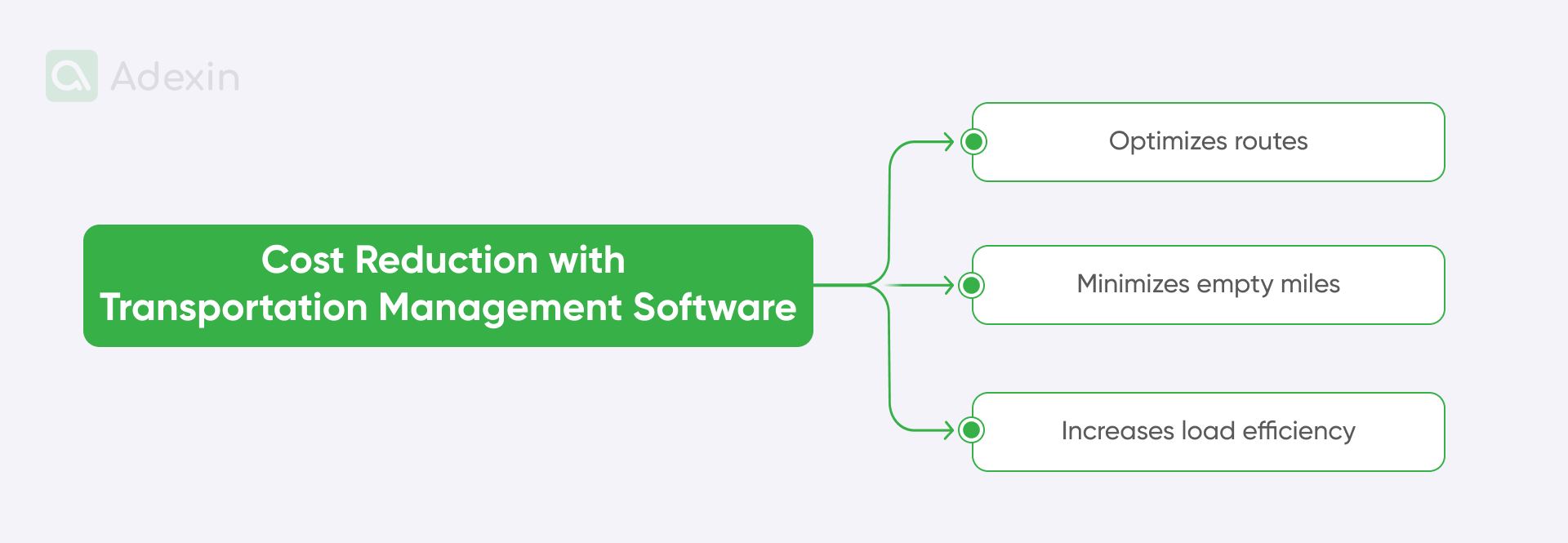
Enhanced operational efficiency
Transportation management systems (TMS) streamline transportation processes, minimizing errors and increasing operational efficiency. TMS solutions can reduce administrative labor costs, typically 15% to 50%, by automating tasks such as booking/receiving management, communication, and document generation:
Automates manual processes. Automating tasks like scheduling, improving integrations with logistics operations, dispatching, and route planning frees up valuable time for drivers and dispatchers, allowing them to focus on more critical issues.
Streamlines communication. Real-time communication platforms improve collaboration between shippers, carriers, and customers, reducing delays and improving overall efficiency.
Reduces administrative overhead. Automating tasks like data entry and report generation minimizes paperwork and reduces the risk of errors.

Increase customer satisfaction and improve service
Businesses can streamline their transportation processes, reducing booking and tendering time by 5-10 minutes per transaction. It is what furthermore improves customer satisfaction. So, while transportation management software optimizes transportation costs by 3-15% through features like consolidation, optimization, and proper fleet vs. for-hire analysis, it makes all operations much more manageable.
For example, companies can improve on-time delivery percentage with predictive ETAs, dock appointment scheduling, and yard management. So, again, reduce warehouse labor costs by 5-10%. See what's more from below:
Provides real-time shipment tracking. Customers can easily track their shipments, reducing anxiety and improving their overall experience.
Enhances transparency and communication. Proactive communication regarding potential delays or issues builds trust and strengthens customer relationships. It enhances higher customer satisfaction.
Improves on-time delivery rates. Optimized routes and efficient operations lead to more predictable and reliable delivery times, meeting customer expectations.
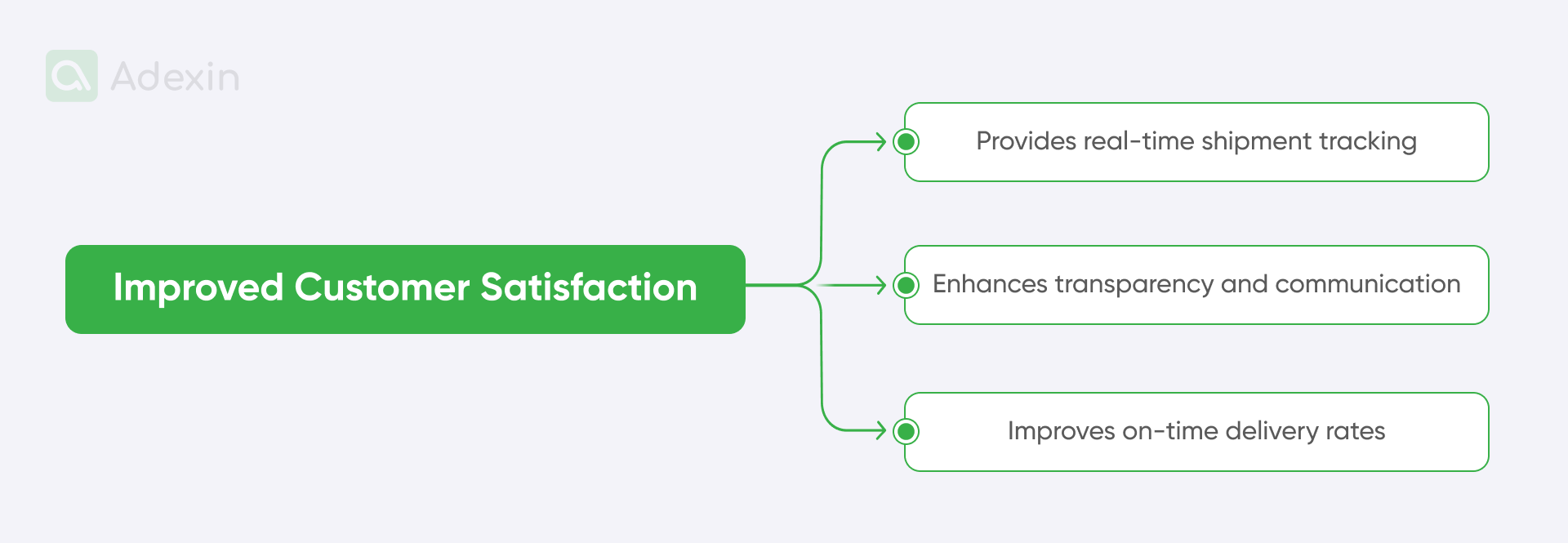
Key benefits of data-driven decision-making
Referring to the JBF Consulting survey, we have found that many executives shared this experience: "We implemented a TMS solution last year, and the results promised were 95% DIFOT (Delivered In Full, On Time)." Moreover, the survey pointed out that TMS improved analytics by over 25%, a significant step toward achieving better transportation management results. See more below:
Offers insights through data analytics and reporting. Key performance indicators (KPIs) such as on-time delivery rates, fuel consumption, and driver utilization provide valuable data for identifying areas for improvement. You can also get much higher reporting capabilities with accurate data analytics.
It helps identify cost-saving opportunities. By analyzing data, companies can pinpoint inefficiencies and implement targeted solutions to reduce costs.
Supports proactive planning. Data analysis enables companies to anticipate future demand, adjust resources accordingly, and make informed decisions about fleet size and equipment.
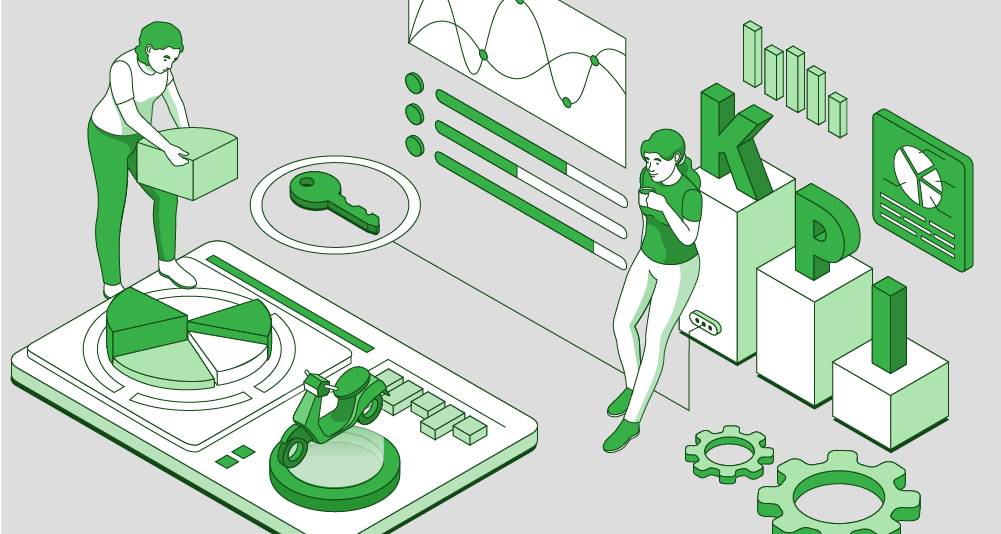
Compliance and risk management
Compliance and risk management solutions supporting TMS systems enable companies to navigate complex regulations and mitigate potential disruptions. It translates into tangible benefits such as a 4-8% increase in preferred carrier utilization, a 1-5% increase in operational efficiency through automation, 1-5% cost savings on freight audits, and improved data-driven decision-making through 1-5% better analytics.
Ensures adherence to regulations. Transportation management systems (TMS) can help companies comply with complex service hours, weight limits, and environmental standards regulations. It supports trade compliance information, and shipping process and manages better other service levels.
Reduces risks. Features like electronic logging devices (ELDs) and vehicle telematics can help prevent accidents, improve driver safety, and reduce the risk of cargo damage.
Provides documentation and monitoring capabilities. Comprehensive records can be used to demonstrate compliance with regulations and respond effectively to audits.
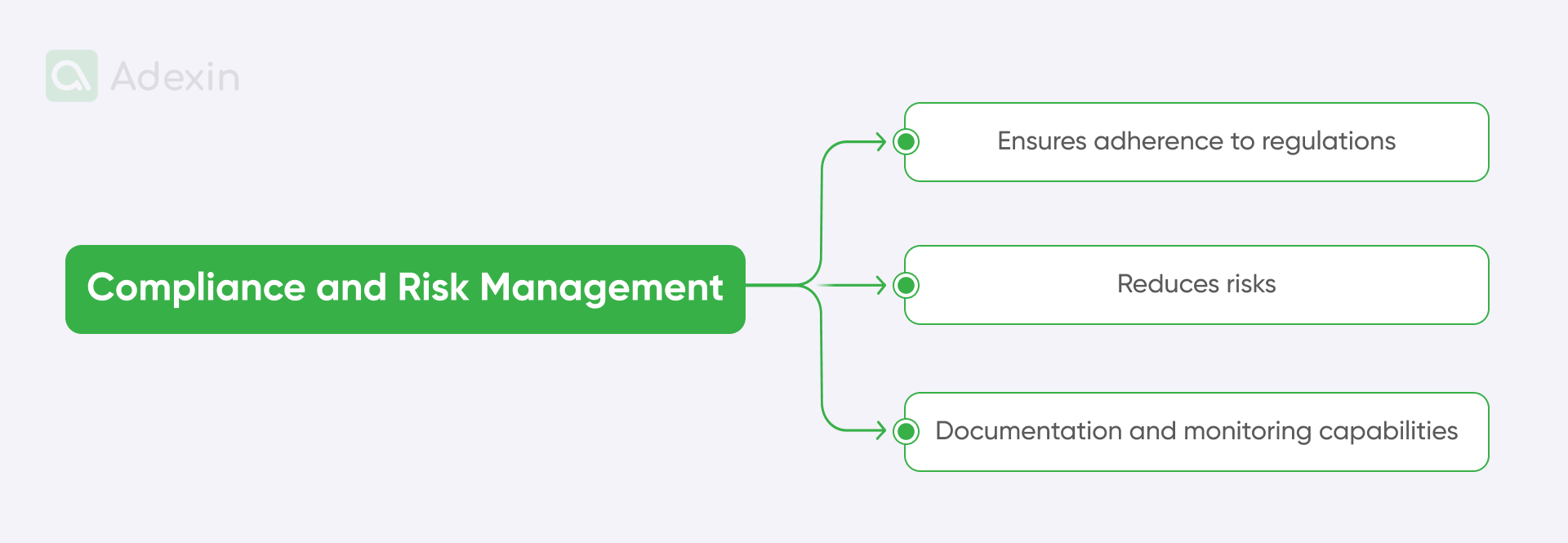
Scalability with TMS software system
Considering the berginsight.com research on TMS, we can deliver data that is relevant to your attention. The European TMS market, valued at €0.9 billion in 2021, is expected to grow at a 9.7% CAGR, reaching €1.5 billion by 2026. Meanwhile, the North American TMS market, valued at €1.3 billion in 2021, is expected to grow at a 9.3% CAGR, reaching nearly €2.0 billion by 2026. These figures show that transportation management system (TMS) affects the scalability of the industry, helping companies gain a much higher number of customers and other business goals.
Supports business growth. A robust TMS can quickly adapt to increasing transportation needs as the business expands, accommodating larger fleets and more complex logistics operations.
Adapts to new market demands. The system can be easily configured to meet the market's evolving needs, such as integrating with new technologies or accommodating new delivery models.
Provides flexibility to respond to changing conditions. The system can be quickly adjusted to respond to unforeseen events such as natural disasters, traffic disruptions, or changes in customer demand.
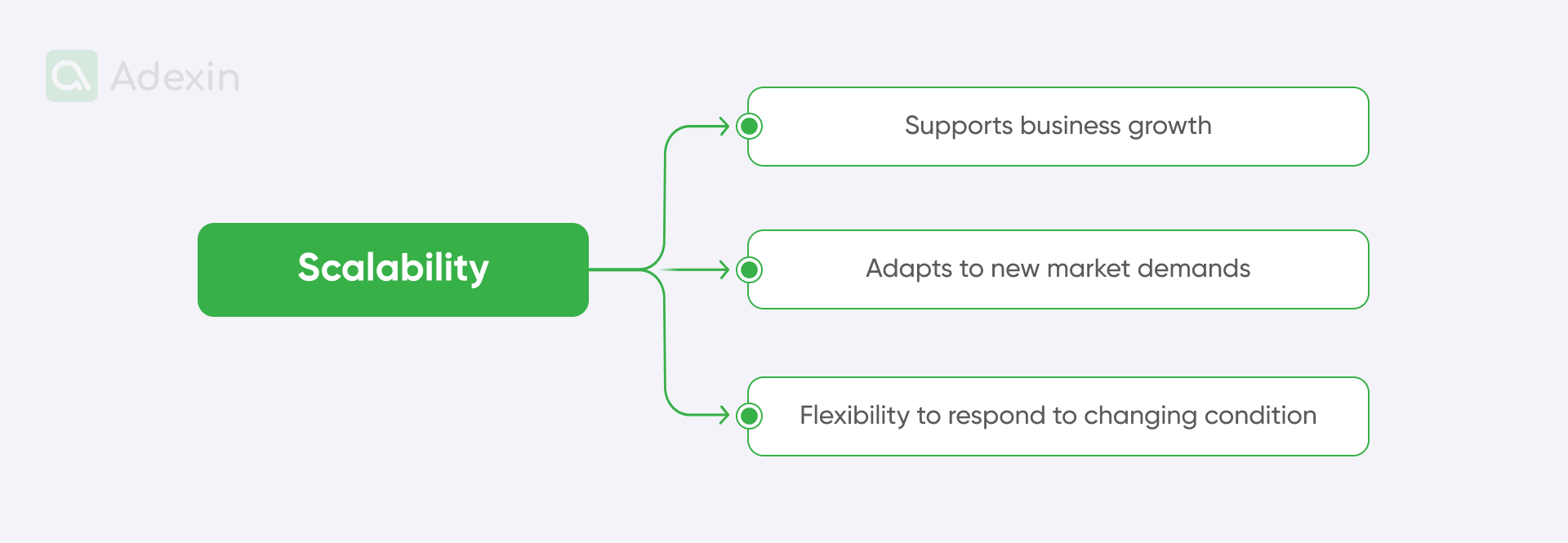
Environmental sustainability
Gruber Logistics has published a report highlighting the benefits of implementing a TMS (transportation management system) for document digitization. According to the project team's analysis, one of the significant challenges identified was the extensive use of printed documents.
For example, departmental printers averaged 750 printed pages per day, resulting in a staggering 17,250 pages per month. However, with the introduction of the TMS, they significantly reduced printed documents, cutting daily printing by 60%. This transformation reduced paper waste and streamlined their document management processes.
Promotes eco-friendly practices. By optimizing routes and reducing fuel consumption, companies can significantly reduce their carbon footprint and contribute to a more sustainable transportation industry.
Encourages fuel-efficient driving behaviors. Telematics data can identify and address fuel-wasting driving habits, such as excessive idling or harsh braking.
Supports alternative fuels. TMS can be integrated with alternative fuel vehicles and infrastructure, enabling companies to transition to more sustainable transportation options.
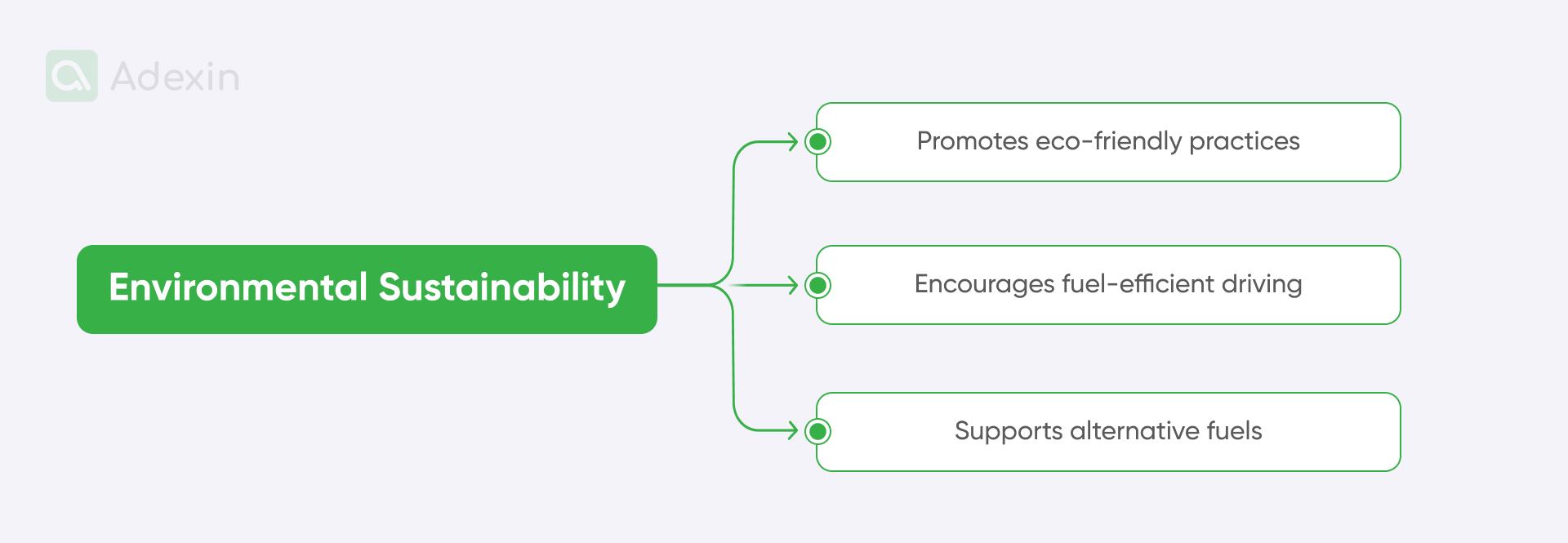
Customization and integration
Transportation management optimizes routes, selects vehicles, and coordinates deliveries, often using TMS for automation. It can combine capabilities of fleet management, which helps maintain vehicles, monitors fuel, and ensures driver compliance. So, there is no doubt that with a fleet management system, you can get more automated tasks.
With a transportation management system (TMS) or CMS automating performance tracking, carrier management selects and manages carriers. Supply chain management aligns transportation with overall goals. When it integrates with ERP systems for seamless coordination across departments, you have more collaborative tools to run your transportation means. See what's more below:
Can be tailored to meet specific business needs. TMS solutions are highly customizable and can be configured to meet the unique requirements of different industries and transportation operations.
Integrates with other systems. Seamless integration with enterprise resource planning (ERP) systems, warehouse management systems (WMS), and customer relationship management (CRM) systems streamlines data flow and improves overall operational efficiency.
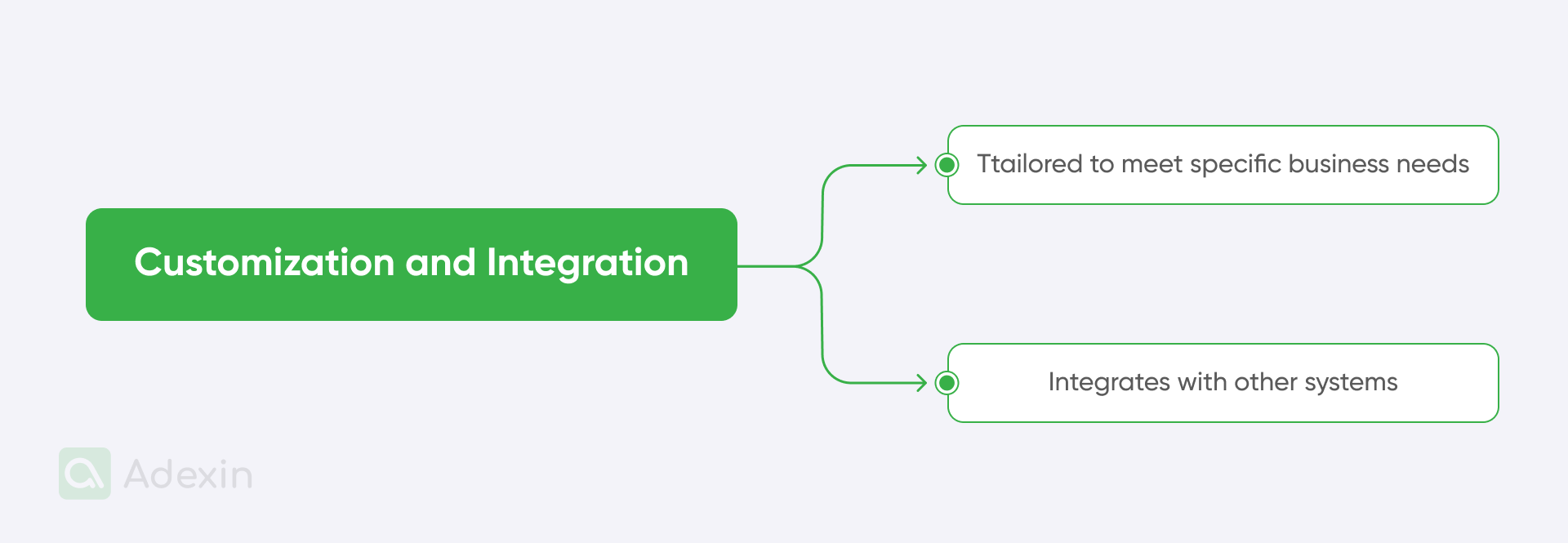
Custom build TMS system: benefits of development on demand
We would like to share some of our in-house experience developing two modules to meet our customers' TMS system needs. The first one was a transportation document management platform for eTEU. One of the main challenges was navigating the complex regulatory environment. All transportation documents must comply with strict industry standards and obtain approval from the relevant authorities. Therefore, we prioritized ensuring that all digitized documents strictly adhere to these best practices. Due to eTEU's focus on collaborating with a specific group of shipping companies, their documents need mandatory approval from organizations such as the International Group of Protection and Indemnity Clubs.
The second project involved developing an application for TAS to streamline the operations of truckers and trucking businesses. This project required extensive research and testing using custom software development and open-source libraries to optimize mobile scanning capabilities. Our approach included implementing various image quality enhancement features such as document and edge detection, automatic cropping, perspective transformation, contrast adjustment, and conversion to pure black and white.
But let's look at the benefits of a custom transport management system here:
Tailored to specific needs. A custom transportation management system (TMS) is designed to perfectly align with your unique business processes, workflows, and industry requirements. It ensures maximum efficiency and eliminates the need to adapt to generic software limitations.
Enhanced flexibility and scalability. On-demand development allows for rapid adjustments and scaling of your TMS as your business grows and evolves. New features can be added quickly, and existing functionalities can be modified to meet changing demands.
Improved data Integration for supply chain operations. A custom transportation management system (TMS) can be seamlessly integrated with existing enterprise systems like ERP, CRM, and warehouse management system (WMS), creating a unified data flow and eliminating data silos. It improves data accuracy, reduces manual data entry, and provides a holistic view of your supply chain efficiency operations.
Increased competitive advantage. A custom TMS can provide unique functionalities and insights that differentiate your company from competitors. It could include advanced analytics, predictive modeling, and innovative solutions to optimize transportation operations.
Greater control and ownership. Building your own transportation management system (TMS) gives you complete control over the system, including its development, maintenance, and future upgrades. This allows for greater flexibility and customization compared to relying on third-party software.
Need help with transport management systems development?
We are happy to assist you
Explore moreFinale takeaway
Successful in-house projects demonstrate our expertise in developing robust and tailored solutions for the transportation and logistics industry. By addressing critical challenges such as regulatory compliance and operational efficiency, we have undoubtedly enabled our clients to streamline their processes, increase data accuracy, and improve overall performance.
Are you facing similar challenges in your transportation operations? Contact us today to discuss your needs and discover how our transportation custom software development services can help you achieve your business goals.

